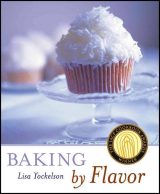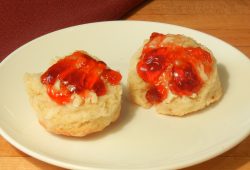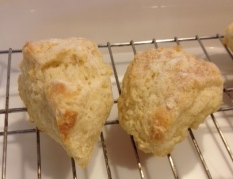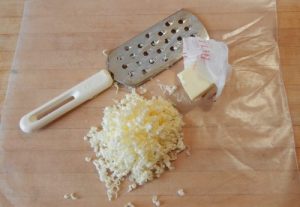Amazing how much life has changed in the last few weeks. Last month, if we were wanting to make a recipe, and came up short an ingredient or two—it was simply an inconvenience as we stopped and made a quick run to the store to get what we needed.
Now—not so much. We think twice or three times before heading to the store, and then there is no guarantee that we will FIND what we want at the store. So–what to do? Sometimes a judicious substitution will yield amazing results.
Some examples:
I love to bake bread, and have a recipe that I use for toast and sandwich bread. It called originally for melted butter. One day I was elbow deep into the recipe—and came up short on butter. OLIVE OIL to the rescue. I subbed 1/4C olive oil for the 1/4C melted butter—and fell in love with the results. I never looked back.
The same recipe calls for honey as a sweetener. I never seem to have enough on the shelves when I want it—but I did have some pure maple syrup. These days it’s a toss-up as to which I choose to use—they are equally good!
Buttermilk isn’t an ingredient many people keep on hand—and it is an easy one to sub. For every cup of buttermilk called for in the recipe add 1Tbs white vinegar OR lemon juice to a measuring cup, bring up to 1C with milk (whole or 2% work best), and let it sit and curdle for a few minutes.
OR you can blend some plain yogurt with some milk to thin it slightly, and use that in lieu of buttermilk. It may yield a more tender dough, but that really isn’t usually a problem.
I’ve subbed cottage cheese for ricotta in recipes, and vice versa. The texture may vary slightly—but overall the flavor didn’t suffer.
Cocoa vs. Baking Chocolate—if you are in the position of having cocoa powder in the house, but NO baking chocolate—what to do? For each ounce of baking chocolate (unsweetened), use 3 Tbs cocoa plus 1 Tbs butter OR vegetable oil OR shortening. I’ve come to agree with several baking gurus that the flavor achieved using cocoa is a richer, deeper, more intense flavor than the flavor you get with baking chocolate. Cocoa powder is chocolate in its purest form—and you get to choose the type and quality of fat to add to the recipe!
For other substitutions, check out this list:

 Cart
Cart




